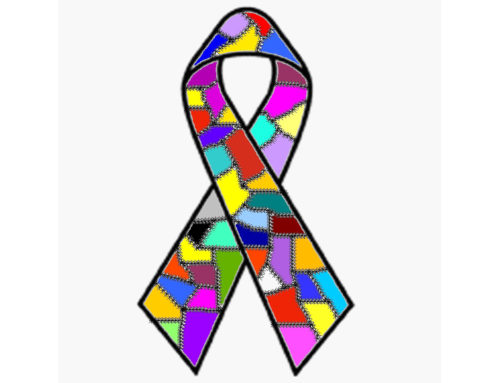Today we will be exploring two major types of dissociative disorders: Depersonalization Disorder and Dissociative Amnesia. While both of these disorders are categorized as dissociative, each one is recognized, diagnosed, and treated differently, so it is important to learn how to distinguish between them. For each disorder, we will be discussing possible symptoms, common triggers, and effective forms of treatment for anyone diagnosed with one of these dissociative disorders.
While we discussed the general characteristics of dissociative disorders in the previous post, “What is a Dissociative Disorder?,” it is important to remember that both of these illnesses stimulates some form of disconnection from reality, which can significantly affect perception, memory, thoughts, or identity. These dissociative states typically occur in response to trauma as a strategy to cope with the physical, sexual, or emotional pain of that event. Individuals struggling with dissociative episodes may be diagnosed with one of these three dissociative disorders according to the type of dissociation they are experiencing.
Individuals diagnosed with depersonalization disorder, also known as Derealization Disorder, typically undergo disruptions in their emotions, thoughts, and sensations. These experiences have been described as detachments from the self or feeling like an observer that is watching yourself function. Because this form of dissociation can be very mentally and emotionally taxing, individuals diagnosed with depersonalization disorder may exhibit a number of challenging symptoms, including feelings of helplessness, a loss of control, low self-esteem, panic attacks, and depression. Individuals diagnosed with depersonalization disorder have also reported physical symptoms, including nausea, chest pain, and visual disruptions.
While stress or psychoactive drugs can occasionally trigger depersonalization disorder, the illness is most often associated with a traumatic event during childhood. Over 80% of individuals diagnosed with depersonalization disorder experience symptoms before the age of 20, with the average age of onset being only 16 years old.
The second type of dissociative disorder is called dissociative amnesia and may include periods of memory loss related to a trauma, identity, or background. These periods of memory loss typically occur when an individual diagnosed with dissociative amnesia is attempting to block out a painful event. Unlike depersonalization disorder, the onset of dissociative amnesia is not associated with a particular age group, but episodes can resurface multiple time throughout an someone’s life.
There are treatments available for individuals struggling with either of these dissociative disorders. These treatments often include some form of psychotherapy, such as cognitive behavioral therapy (CBT) or dialectical behavioral therapy, in combination with medications like antidepressants. Unfortunately, the treatment options for individuals diagnosed with dissociative disorders are limited, though more research is being conducted in the field every day.
If you or a loved one is struggling with either of the illnesses discussed above, please seek help from a local Spokane mental health care professional. Reach out to Damaris through her contact page or calling 509-342-6592.



